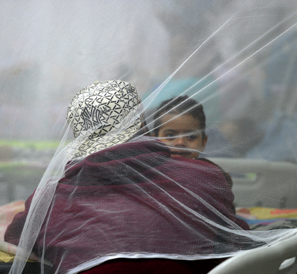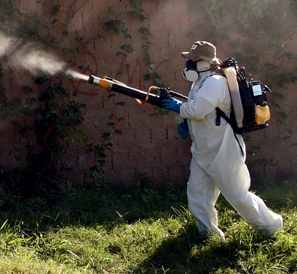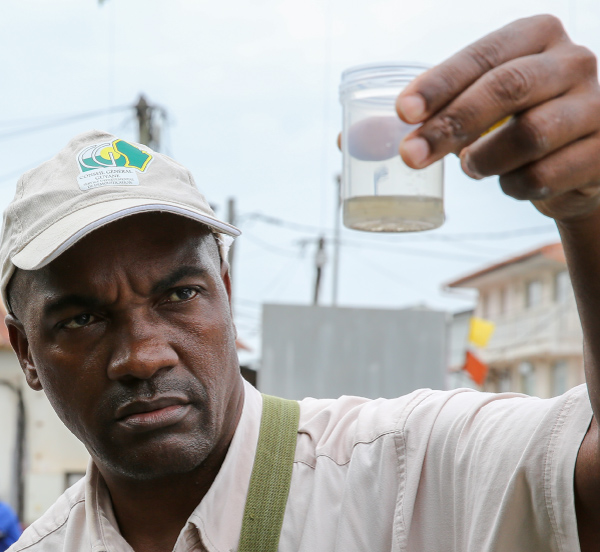The Problem
On February 1, 2016, the World Health Organization declared the Zika virus and associated health threats an international public health emergency. The virus, spread primarily through mosquito bites, is linked to serious birth defects in babies of mothers who were infected while pregnant. First detected in the Americas last Spring, Zika has now spread to 33 countries in the region.
Outbreaks like Zika, Ebola, and SARS reveal our very real vulnerabilities to major health crises—and underscore the urgent need to bolster our preparedness and capacity to respond.

A Grand Challenge for Development
To stop the spread of Zika and prevent other infectious disease outbreaks, USAID launched Combating Zika and Future Threats: A Grand Challenge for Development. The $30 million Challenge called upon the global innovator community to generate cutting-edge approaches to fight the current Zika outbreak and to help strengthen the world’s ability to prevent, detect, and respond to future infectious disease outbreaks.
In just nine weeks, USAID received nearly 900 submissions from across the globe in response to the Challenge. Following a rigorous review process, 21 potentially game changing solutions that cut across vector control, personal and household protection, vector and disease surveillance, diagnostics, and community engagement were selected for funding for accelerated development, testing and deployment. Five additional awards have been announced ranging from unmanned aerial vehicles delivering critical medical supplies in remote areas to the use of big data and machine learning to prevent future disease outbreaks.
For more information, click here
Press Release: USAID Funds New Innovations to Fight Future Disease Outbreaks
Press Release: USAID Announces Initial Results of Grand Challenge to Combat Zika

Thank you for the overwhelming response to the Combating Zika and Future Threats Grand Challenge. Submissions are now closed.
- Who We Are
- What We Do
- What We Do
- Agriculture and Food Security
- Democracy, Human Rights and Governance
- Economic Growth and Trade
- Education
- Ending Extreme Poverty
- Environment and Global Climate Change
- Gender Equality and Women's Empowerment
- Global Health
- Water and Sanitation
- Working in Crises and Conflict
- U.S. Global Development Lab
- Where We Work
- Reports & Data
- News & Information
- Work with USAID














Comment
Make a general inquiry or suggest an improvement.